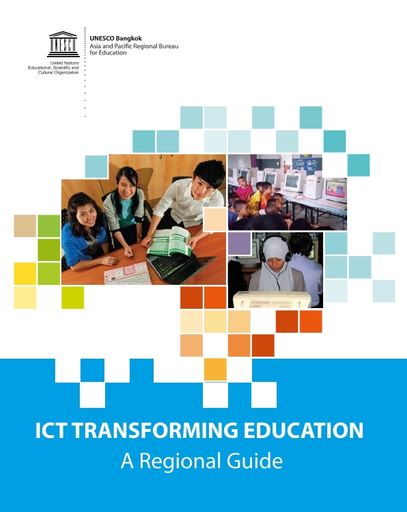There’s no reason learning the ABCs needs to be limited to an indoor space. In fact, there are lots of ways to encourage a love of reading and writing by spending time outside. Here are ten literacy activities I’ve enjoyed with my own two sons – one of whom is 8 (and an avid reader) and the other who is 5 (and not quite a full-fledged reader yet).
- Reading Literacy Worksheets
- Literacy Library Resourcesguided Reading 101 Answers
- Literacy Library Resourcesguided Reading 101 Lesson
- Reading Literacy Skills
- Literacy Concepts In Reading
- Information Literacy Library
1. Read outside
Grab a few books and head outside. Bring along a blanket to sit on, find a tree to lean up against or cuddle up in an outdoor fort. Read together or allow your child time to him or herself – whichever feels appropriate.
2. Paint alphabet rocks
Gather up some rocks from around the neighborhood or a local park. You can create a set of alphabet rocks by painting letters on each rock with acrylic paint. Choose a variety of colors or make a set of capital letters in one color, lowercase letters in another.


3. Make story stones
More drawing on rocks – this time using pictures instead of letters. Create nature-themed images such as animals, flowers, insects and the elements. Then take turns telling stories using the stones as prompts.
Libraries are great resources for families with young children; you can find books, entertainment, educational and cultural enrichment, literacy tips, and other valuable information. In this article, we've put together a list of the top 9 reasons to visit your public library. The Center for the Book in the Library of Congress invites people of all ages to discover the fascinating people, places and events that await you whenever you read. The C, which comprises the Young Readers Center as well as the Poetry and Literature Center, promotes books and libraries, literacy and reading, and poetry and literature. Library-based literacy programs are successful because public libraries are trusted spaces at the heart of the community. Libraries are information-rich, welcoming environments where learners can flourish. California Library Literacy Services was developed in 1984 as the first statewide library-based adult literacy service.
4. Create your own nature ABC book
Go on a nature hunt with your little one – around your neighborhood, backyard, park, garden, local zoo or aquarium. Look for something to represent each letter of the alphabet. Then take a picture of that image. Print out the photos and place them in a dedicated album to form your very own ABC book. Add letters, words and other facts as desired.
Reading Literacy Worksheets
5. Use nature for letter making
Kids just learning their letters will have fun shaping letters using items found in nature such as rocks, sticks or flower petals.
6. Go on a scavenger hunt
If your child isn’t yet reading, create cards with pictures of items to find and the corresponding words underneath (you can do the same with numbers of items and shapes as well). Kids already reading can search for items using a written list instead.

7. Keep a nature journal
While a traditional nature journal usually focuses on discoveries and sketches, ours include any kind of writing the kids want to include about their outdoor adventures.
Literacy Library Resourcesguided Reading 101 Answers

For example, this summer I encouraged my sons to keep a summer adventure journal. The 5 year old wrote one sentence and a picture with each entry. (He told me what he wanted to write and I spelled it out for him; he wrote all his own letters). The 8 year old sketched too but also wrote at least a paragraph.
Literacy Library Resourcesguided Reading 101 Lesson
8. Discover field guides
My 5 year old is a self-proclaimed animal rescuer and as such is now consumed with learning about all things animal. In addition to traditional children’s books about animals we’re also reading field guides. Choose guides with quality photos and simple facts. There are even field guides designed just for kids.
Reading Literacy Skills

Literacy Concepts In Reading
9. Make a backyard field guide
Once young children are familiar with field guide basics, try making your own. Children can practice drawing, letter writing and more as they create their own backyard field guide. Keep it general or focus on your child’s specific interests, such as a bird book, animal book or flower guide.
10. Read about nature indoors
If your child has a specific interest in the great outdoors – like my self-proclaimed animal rescuer – encourage that passion by reading about it whenever you normally read together. Take advantage of your local library to vary up your titles, or stick with a few old favorites.
What creative ways do you use to encourage of a love of reading in your child?
Information Literacy Library
Related Posts
